- 1. Define Your Target Audience
- 2. Adopt Mobile-First Website Design
- 3. Establish Your Social Media Presence
- 4. Get a Technical SEO Audit
- 5. Perform Ongoing SEO Work
- 6. Set Your Marketing Funnels
- 7. Create a Blog and Publish Helpful Content
- 8. Create Downloadable Resources
- 9. Grow an Email List
- 10. Send a Newsletter
- 11. Create a Facebook Group for Your Business
- 12. Develop an App for Android and iOS
- 13. Publish Web Stories
- 14. Use Facebook Ads
- 15. Use Google and Bing Ads
- 16. Host a Webinar
- 17. Start a YouTube Channel
- 18. Offer Free Courses
- 19. Partner With Other Companies
- 21. Giveaway Coupons on Popular Sites
- 22. Create an Affiliate Program
- 23. Use Push Notifications
- 24. Contribute Content to Other Websites
- 25. Start a Link Building Campaign
- 26. Get Positive Reviews from Customers
- 27. Utilize the Full Power of Local Marketing
- 28. Learn from Your Competitors
- 29. Hire Social Media Influencers
- 30. Improve Customer Service with Online Chat Tools
- Key Learnings
In this guide, I will discuss the best marketing ideas for small business growth. I have used these methods successfully over the years to grow my business and many other online businesses in different niches.
All the techniques described below are highly actionable and work for almost any type of business. To make the most of this guide, go through the ideas one by one, creating a list of ideas applicable to your niche and adding them to your marketing plan.
1. Define Your Target Audience
Before starting a digital marketing campaign, the first step is defining your target audience.
A target audience is the specific market segment you choose to focus your marketing efforts on.
With a clearly defined audience, your business can craft more relevant content, messaging, and advertisements.
Without a target audience, your business will waste resources attempting to market to people not interested in what you’re selling.
To define your target audience, you need to:
- Analyze the profile of your existing customers
- Analyze the profile of your website visitors
- Identify who can benefit from your product/service
- Learn from the competition
- Create primary and secondary targets
2. Adopt Mobile-First Website Design
A high-performing mobile site is essential to the success of your small business.
More than half of all web traffic comes from mobile devices, including almost 60% of all online searches.
Google also uses mobile-first indexing, meaning it uses a website's mobile version as the baseline for ranking.
Despite this, many businesses do not optimize their websites for mobile. This has created an opportunity for companies that provide a mobile-friendly site to improve their search engine rankings while leaving a lasting impression on customers.

A responsive web design is the most efficient way to make your website mobile-friendly.
This will enable all your web pages to automatically adapt to each user's device, making your site look great and load quickly.
3. Establish Your Social Media Presence
A strong social media presence can help you quickly grow your customer base.
To cut through the noise of all the brands seeking attention on social media, you need to know who your audience is so that you can create valuable content for them.
It's important to stay active and regularly engage with your audience to remind people about your company, products, and services.
You must stay on top of trends and optimize your content to maximize exposure.
There are plenty of tools for managing your social media accounts, and you can also consider hiring a social media manager.
Resources to Learn More
- Social Media Strategy for Beginners - How to establish your social media presence starting from scratch.
- How to Get Followers on Facebook - How to get your first 10,000 followers on Facebook.
4. Get a Technical SEO Audit
Many technical factors impact search engine rankings.
A technical SEO audit is a process of analyzing these factors to determine the health of your website.
With a technical SEO audit, you can catch issues that may negatively impact your search engine rankings.
When conducting a technical SEO audit, you should analyze the following:
- Indexability
- Site speed
- Mobile-friendliness
- Duplicate content
- Broken links
- Thin and low-value pages
There are plenty of tools online that you can use to run a quick technical audit of your site, including Semrush and Ahrefs.
5. Perform Ongoing SEO Work
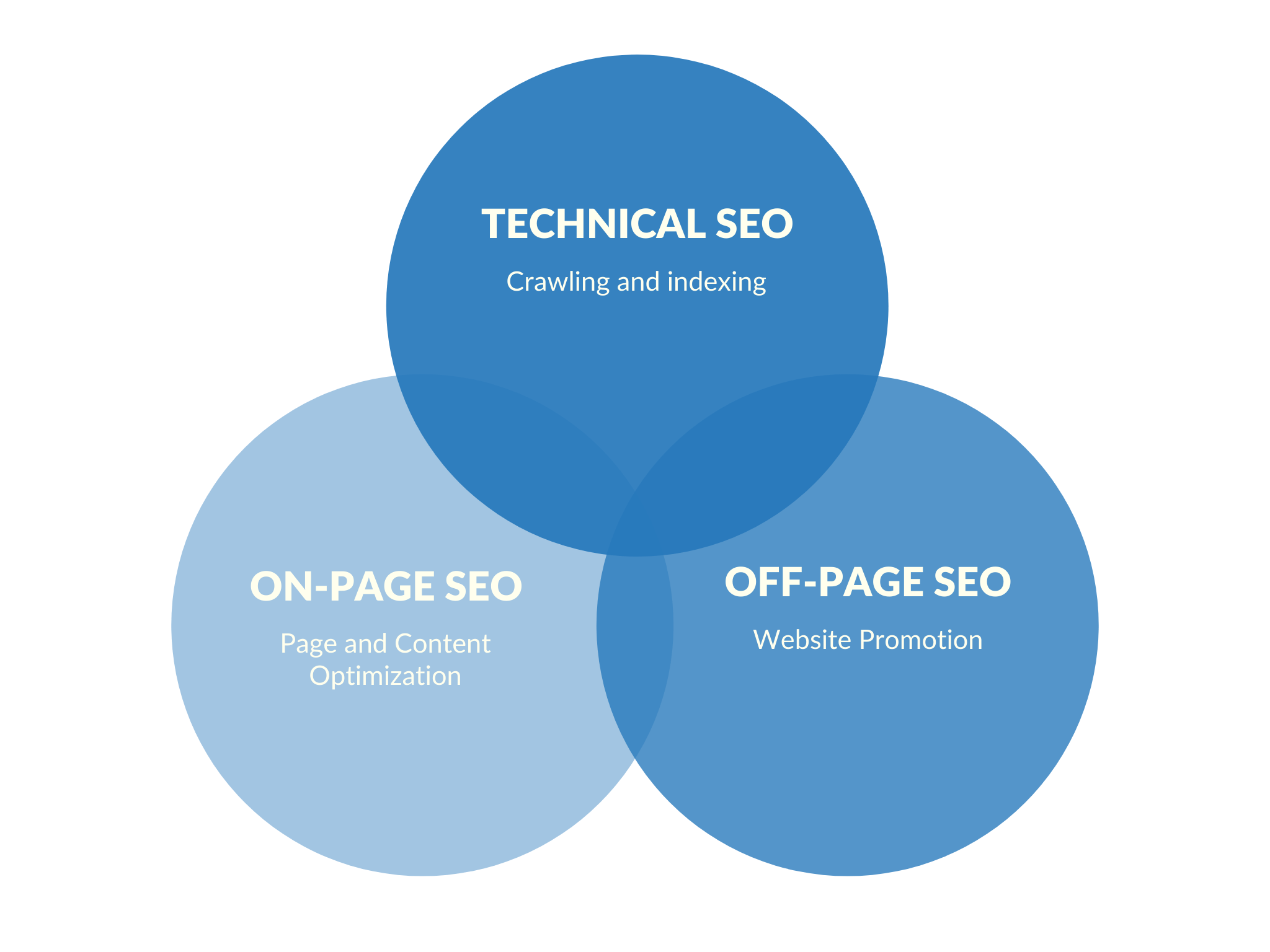
SEO is an ongoing process and requires consistent attention if you hope to rank high for important keywords and stay there.
Some of the ongoing SEO work your small business will need to perform includes:
- Optimizing technical factors
- Researching target keywords
- Creating content for those keywords
- Optimizing the on-page elements of your site to rank for those keywords
- Gaining backlinks to increase page and domain authority
You can hire in-house staff to perform these tasks or outsource the work to an SEO expert or agency.
6. Set Your Marketing Funnels
A marketing funnel is a process of breaking down the customer journey into different stages and creating content tailored to each stage.
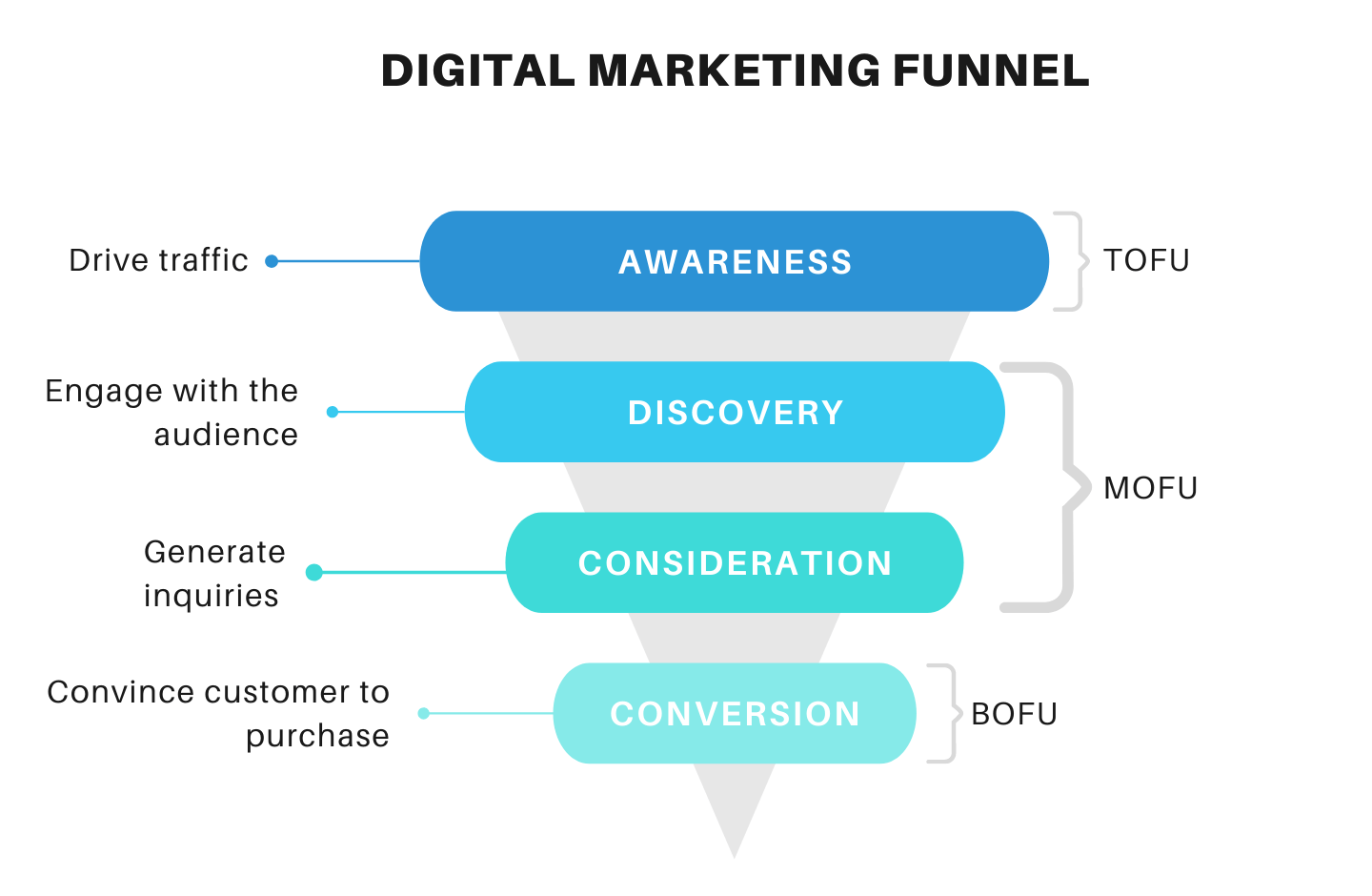
Businesses can define their funnel stages, but the most commonly used stages are:
- Awareness
- Discovery
- Consideration
- Conversion
Setting up one or more funnels to get your audience to complete the desired action is a great way to grow your business.
You want to start by defining the goal of each marketing campaign.
Is it to increase sales, sell a particular product, or generate more email leads?
Once you have determined your goals, you can focus on the specific audience you want to target in your funnel.
As people move through your funnel, you need to track the performance of your campaigns.
This will allow you to see what is working and what is not so you can make any necessary adjustments.
7. Create a Blog and Publish Helpful Content

Blogs are a great way to connect with your audience while bringing more traffic to your website.
By creating valuable content, you can establish yourself as an authority in your industry.
To start your business blog, you must create a content marketing strategy. This will involve performing keyword research to find relevant ideas that your target audience is looking for in search engines.
Once you compile a list of keywords, you can create topics for your blog posts and start producing content.
You'll want to optimize your blogs for SEO by including the target and related keywords and ensuring the piece is structured to maximize user engagement.
Create content for all stages of your marketing funnel so that you can provide value to all your readers.
8. Create Downloadable Resources
Creating free resources for your audience is a great way to provide value while strengthening the connection with your business.
The goal of providing downloadable resources is to have your audience exchange their email for the content.
This allows you to follow up with subscribers to give them more details about your products or services.
There are different ways you can deliver your downloadable resources, including:
- A direct download link on your website
- Automated email follow-ups containing a link to the resource or a downloadable attachment
- A resource library page that is restricted and only available to subscribers
9. Grow an Email List
While it may be one of the oldest digital marketing strategies, email marketing remains one of the most cost-effective tactics and provides the highest ROI.
Email marketing allows you to reach a relevant audience with highly personalized messages.
To take advantage of all the benefits of email marketing, you need to build your email list. For this, you must leverage your website to get users to provide you with their email addresses.
You can create landing pages in which you give away a valuable piece of content like an ebook or a checklist for free in exchange for emails.
Another effective way to gain subscribers is to add forms to your blog either on the sidebar or as an exit-intent popup.
10. Send a Newsletter
As your email list grows, you want to continue to build relationships with subscribers by sending regular newsletters.
This will allow you to nurture new prospects, teach them more about your business, and connect with existing customers.
You can use plenty of email marketing tools to send newsletters to your audience.
These solutions allow you to schedule newsletters in advance and segment the recipients based on a wide range of criteria to ensure that you are sending highly relevant messages
11. Create a Facebook Group for Your Business
Facebook groups are a great marketing tool for attracting new customers and engaging with previous buyers.
They serve as a place where those interested in your business can come together and share their mutual love for your company.
You can use your Facebook groups to engage with your audience by answering their questions and giving them bonuses for being part of your community. This helps you increase brand awareness and attract an even larger audience.
12. Develop an App for Android and iOS
Building your mobile app can help your business expand its reach to attract a more extensive customer base.
Mobile apps are also highly engaging, allowing you to connect better with your audience.
You can add unique functionality to your app by enabling customers to buy your products, or it can simply be informational. Another effective marketing technique is to offer promotions to those who download and/or actively use your app.
13. Publish Web Stories
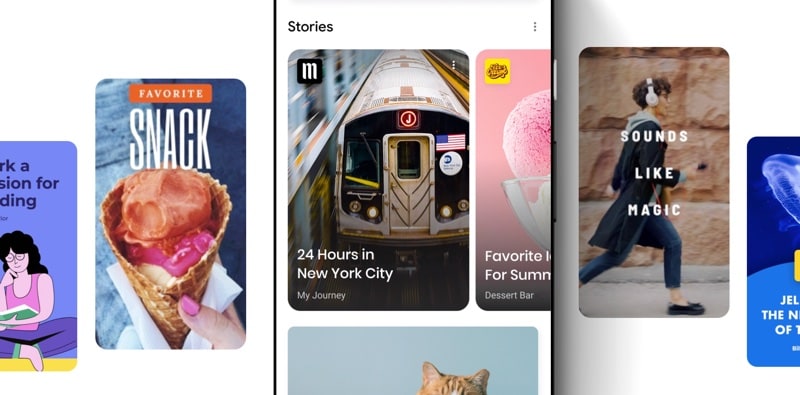
Web stories are visually rich forms of content that can appear on Google and Google Discover on mobile devices. They will soon be available on desktop as well.
You create the stories on your own website and add the appropriate metadata to ensure they are eligible to appear on Google Search and Google Discover.
Web stories are a great way to generate awareness for your business, as they appear at the top of search results.
You want to ensure that your web story pages are mobile-friendly and that Google Search has indexed them.
14. Use Facebook Ads
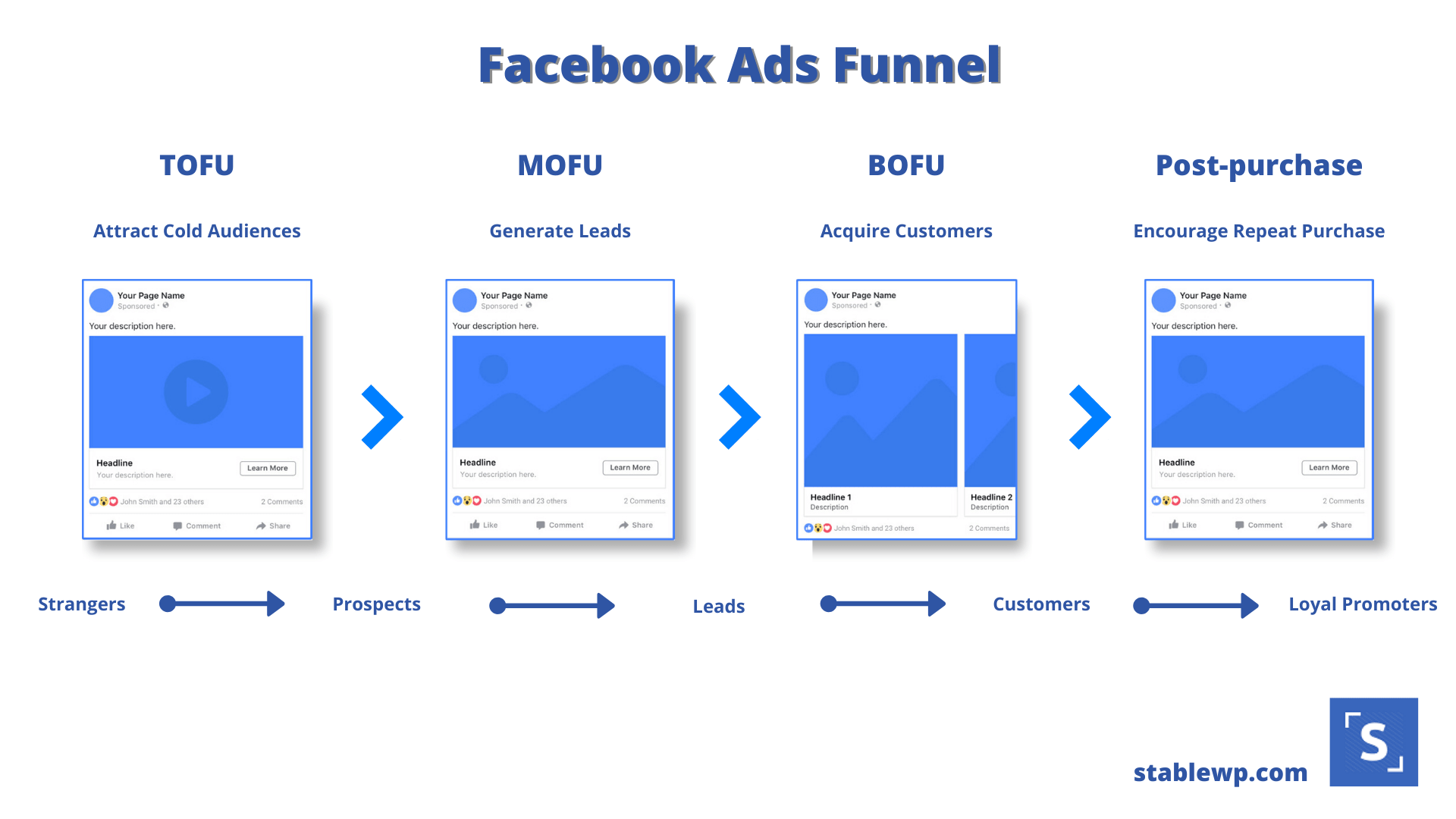
It goes without saying that advertisements are one of the most common suggestions when learning how to make your business grow.
Advertising lets you get your business right in front of people most interested in your products.
Facebook is a great advertising platform because it has an incredible amount of data on each user.
This allows you to craft highly targeted campaigns that yield better results.
You want to start by experimenting with different ad formats. After your campaigns run for a while, you should examine their performance to see which ads were the most effective.
You'll also want to set up retargeting campaigns to reach out to your previous customers and people who interacted with your business but didn't buy.
If you are inexperienced with advertising, you can outsource the work to experts. They can determine the best strategy and create the ad copy and images needed to drive results.
15. Use Google and Bing Ads
Google Ads and Microsoft Advertising (formerly Bing Ads) allow you to place targeted ads in front of potential customers actively searching for your products or services. Unlike social media ads, which interrupt users as they scroll, these platforms help you capture high-intent customers when they need you.
To get started, conduct keyword research to find the exact search terms your potential customers use. Focus on high-converting keywords relevant to your business and structure your campaigns around them.
Another powerful strategy is retargeting, which helps you reconnect with users who have visited your website but didn’t convert. Showing them tailored ads across Google’s or Bing’s network increases the chances of bringing them back to complete a purchase or inquiry.
Used correctly, Google and Bing Ads can drive immediate traffic and conversions, making them essential tools for growing a small business.
16. Host a Webinar
If you are looking for a more interactive way to engage with your audience while teaching them about your products or services, webinars are a solid choice.
Webinars provide great value and allow you to interact with hundreds of people anywhere in the world at the same time.
They also serve as effective lead-generation tools, as individuals must register to gain access to the event.
You can expand the reach of your webinars even further by inviting guest contributors and leveraging their audiences.
17. Start a YouTube Channel
You can use the power of video to grow your small business by creating a YouTube channel.
This will allow you to upload demos of your products to highlight the benefits to users.
You can also create free educational content to provide value to your audience and drive them to your site to generate leads and sales.
18. Offer Free Courses
Free online courses are a great way to educate potential customers about your product and other related topics.
People who better understand how your products work and the benefits they provide will be more likely to buy from your business.
This will also enable customers to use your products more efficiently, leading to better customer satisfaction and a better reputation for your business.
19. Partner With Other Companies
Partnering with other companies can help you leverage their audience and brand awareness to grow your business.
You could host a joint event, such as a webinar, or create a joint piece of content for shared lead generation.
You can also actively promote each other's businesses to your customer base and offer discounts for any customers you refer.
When forming strategic partnerships, you'll want to research companies that have an audience with similar interests but are not direct competitors.
20. Add Limited Time Offers and Sales
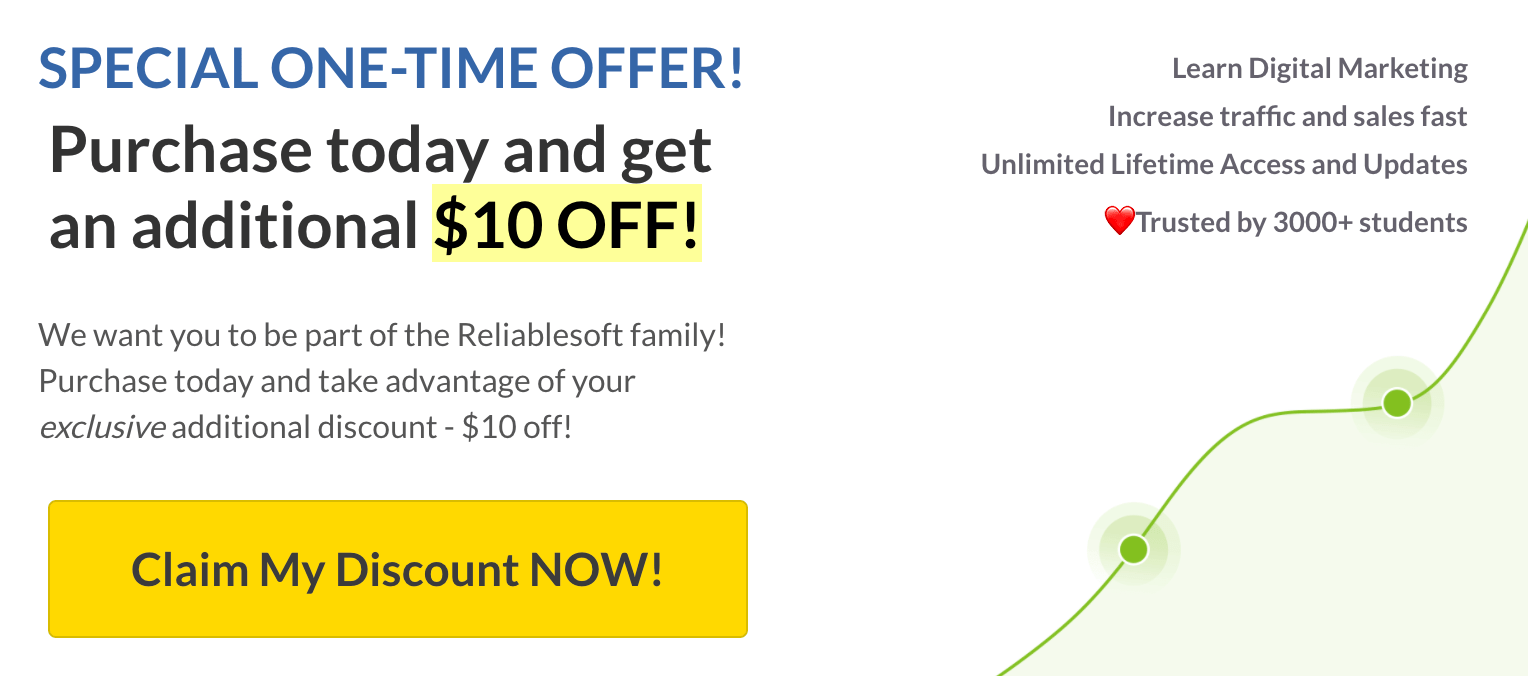
One of the most tried and tested marketing ideas for small businesses is to run limited-time promotions.
Time-bound offers and sales create a sense of urgency, increasing the likelihood that people complete a purchase.
You can promote your limited-time offers on your website, social media profiles, or through advertisements.
21. Giveaway Coupons on Popular Sites
You can incentivize customers to buy from your business by publishing coupons on popular coupon sites.
This can help expose your business to a new audience with little effort. Given the discount, individuals who come across your coupons will be more likely to purchase from you.
Some popular coupon sites to consider include:
- Retailmenot
- Rakuten
- com
- Groupon
- Ibotta
Some of these outlets are free to use, while others will come with a cost for displaying your coupons.
22. Create an Affiliate Program
One efficient way to use digital marketing to grow your small business is to set up an affiliate program.
Affiliate marketing is the process of letting other parties promote your business while you give them a commission from the sales they refer.
It is a great way to expand your business as it allows you to leverage the efforts of others to reach new customers.
To start an affiliate program, you must determine how you will manage your affiliate partnerships.
Based on the software you use for your website, several extensions are available to help you streamline the process.
You can also join an affiliate network like ShareASale or CJ Affiliate.
Once you have the foundation in place, you'll want to make a page for your affiliate program so that users can find it and sign up.
23. Use Push Notifications
Push notification marketing allows you to send messages to your target audience about your products or services via browser notifications on a number of devices.
To be able to send push notifications to your users, you will need them to opt-in to receive messages.
Similar to an email sign-up form, you can configure a notification to appear on your website that asks users for permission to receive further notifications.
24. Contribute Content to Other Websites
You can scale your content marketing efforts even more by contributing content to other websites.
This can be in the form of sponsored content where you pay a publication to publish a post you have written that highlights your business in some way and links back to your website.
You can also contribute guest posts where you write content for other outlets free of charge. Beyond gaining referral traffic, the goal of guest posting is to establish authority in your industry.
It is also an effective tactic to use in a link-building campaign, which I will discuss below.
25. Start a Link Building Campaign

Do you want to drive a large amount of organic traffic to your business from search results?
If so, you will need to master the art of link building.
Search engines use links to discover new web pages and determine how high to rank a page in search results.
When your website has a good amount of links pointing back to it from quality sites, the authority of your website will increase making it easier to rank at the top for competitive search terms.
There are many ways to conduct a link building campaign. The most effective way to earn high-quality links is to focus on relationship building and providing value to potential link targets.
Before compiling a list of relevant link targets in your industry, you need to create quality content that is worth linking to.
From there, you will want to begin outreach to start telling link targets about the awesome content you have made.
First, start with the high-level targets as they will not only produce the most significant results but will provide a valuable asset that you can leverage as social proof when reaching out to other websites.
26. Get Positive Reviews from Customers
Your previous customers are often the best marketers for your business.
When you provide customers with a great buying experience, they are more likely to share and recommend your business to friends.
Customer reviews have also become an integral part of the online shopping process as many prospective buyers will turn to testimonials to determine whether to buy a product or service.
While some customers will eagerly leave reviews for experiences (both good and bad), others need to be encouraged to provide a review otherwise it will slip their minds.
Identify which communication channels your customers are most engaged with, and create a structured process for gathering reviews.
If your customers respond well to email, send a follow-up campaign asking for a review after they have had time to use the product.
As you begin to gather reviews from your customers you'll want to post them on Google, Facebook, TrustPilot, and other trusted review sites.
This way potential buyers will be able to see the benefits of engaging with your business.
27. Utilize the Full Power of Local Marketing
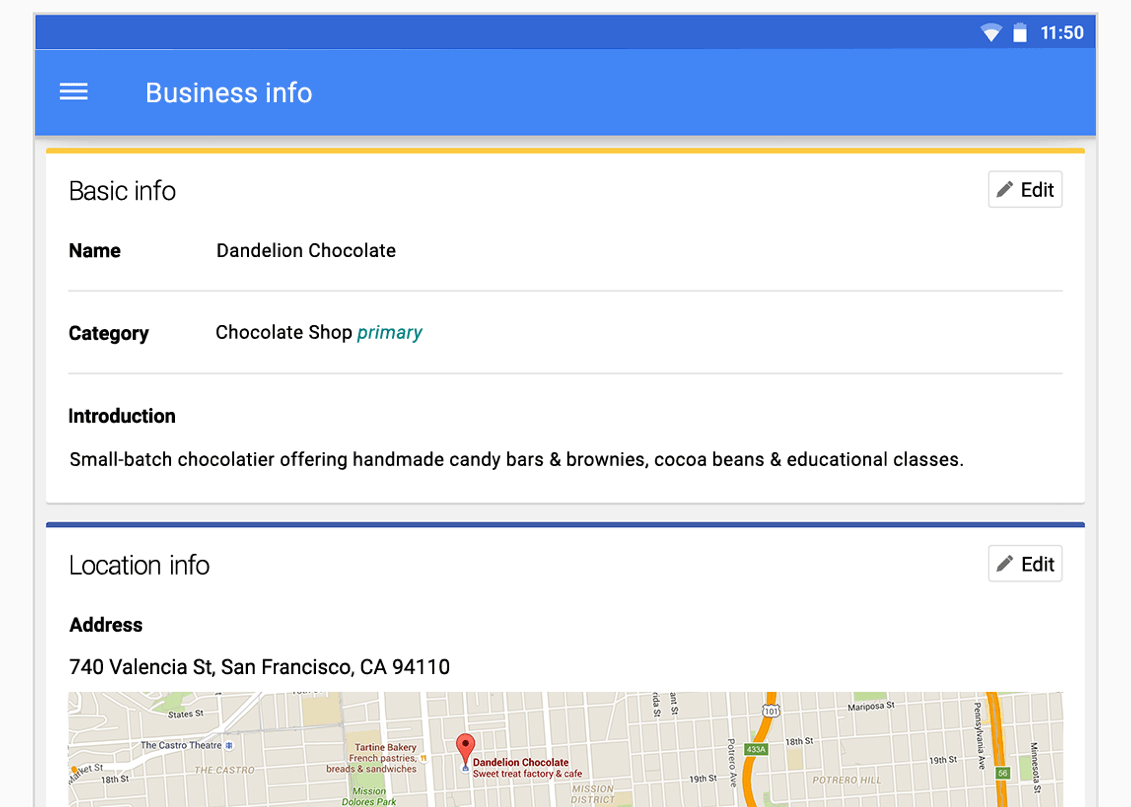
If you run a local business, leveraging local marketing can help you rapidly expand your customer base.
To start, you should list your business in all relevant directories, most notably Google Business Profile.
You want to ensure that your business information is current and that your profile is optimized to attract new customers.
Local SEO is a powerful tool for increasing traffic to your website. You'll want to research local search terms and optimize your website's content to rank for these queries.
28. Learn from Your Competitors
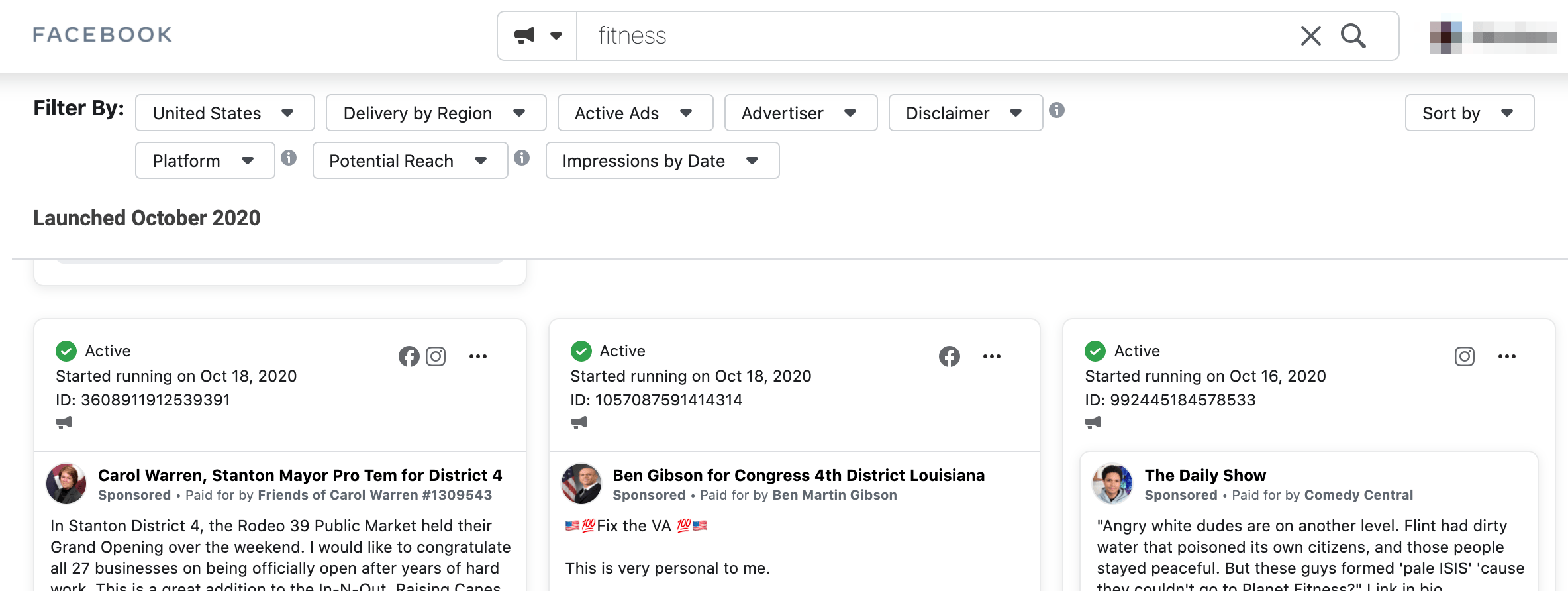
You can accelerate the growth of your business by learning from your competitors.
Established players in your industry have already conducted research to determine the target audience and the best marketing tactics for turning them into customers.
You can use this information as a starting point for running your campaigns more efficiently.
Go to your competitor's websites to see how they speak to their audience.
You can also get a better idea of their ads by searching for branded search terms on Google and viewing their current and previous ads in the Facebook Ad Library.
29. Hire Social Media Influencers
Partnering with social media influencers is a great way to boost your brand awareness.
Influencers have built a reputation for expertise in their niche and are able to generate a large following of people who are actively engaged with their social media posts.
Research different influencers in your niche to find those who align with your interests and could provide value to your business.
You can create sponsorships where you provide them with your products for free to promote to their audience and give them a percentage of the sales they generate. You can also set up a recurring payment schedule to have them regularly post content about your products.
30. Improve Customer Service with Online Chat Tools
The way customers are engaging with businesses is changing. Today, people want their interactions to mirror those in their personal lives.
This means quick responses and seamless communication channels.
Adding live chat to your website through chatbots or dedicated support staff will allow you to improve how you engage with customers.
When someone has an inquiry or issue that needs to be resolved, you'll be able to respond quickly, helping to reduce friction in the buying process and the chance of losing potential customers to competitors.
Key Learnings
Digital marketing has created many new opportunities for small businesses.
You start your small business marketing by defining your target audience.
With your audience defined, you want to optimize your website for mobile devices and SEO.
Creating content for your website will allow you to provide value to your audience while generating leads through email sign-ups.
You can expand your online presence even more by growing your social media profiles and advertising on different platforms.
Partnering with other companies, influencers, and affiliates helps you leverage other people's audiences to reach a more extensive customer base.
Overall, you can use plenty of small business marketing ideas to grow your business. Determine which tips will provide you with the most value and implement them immediately.



